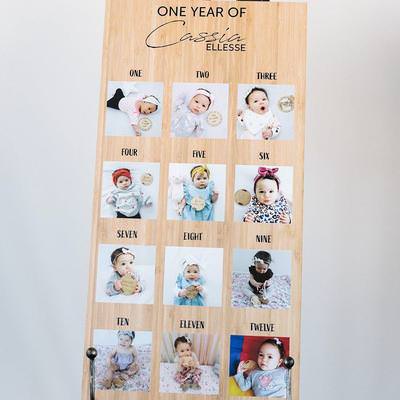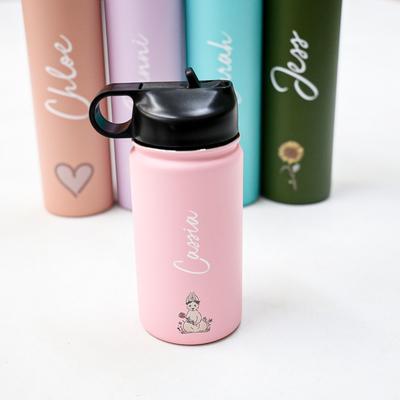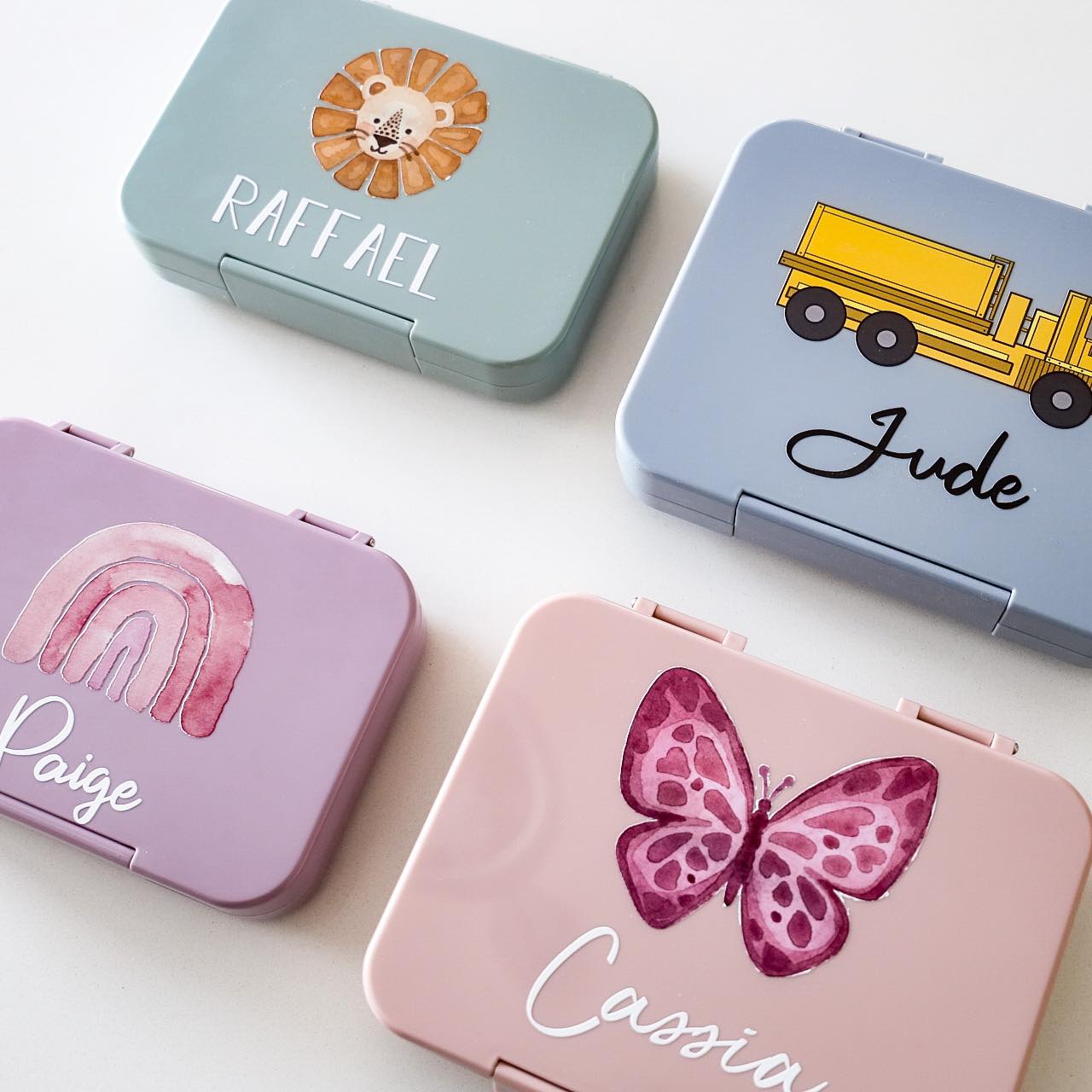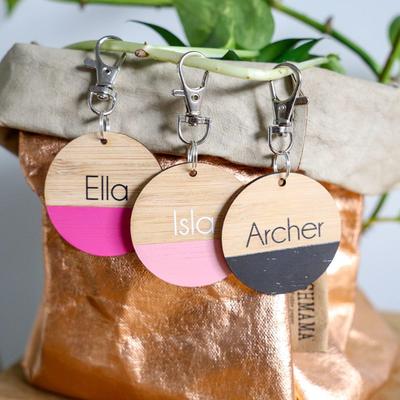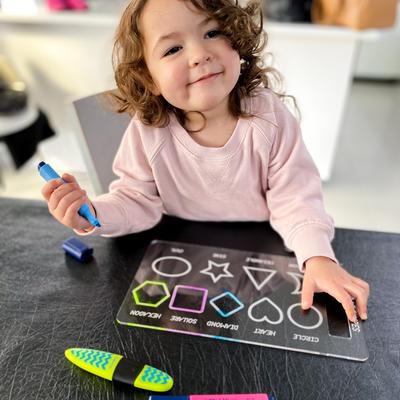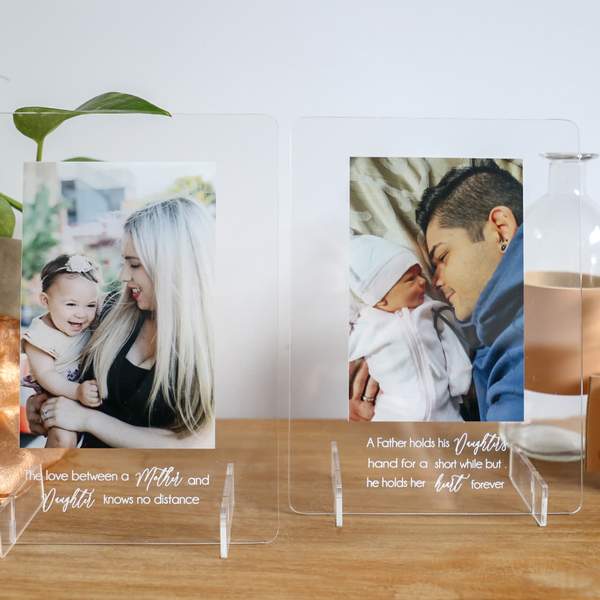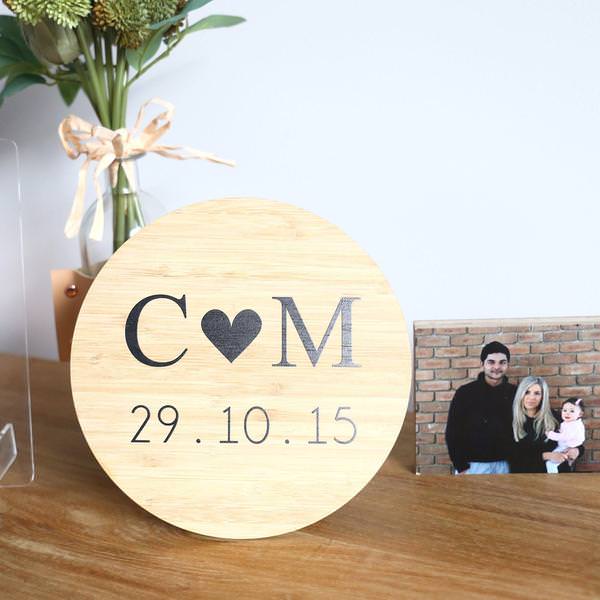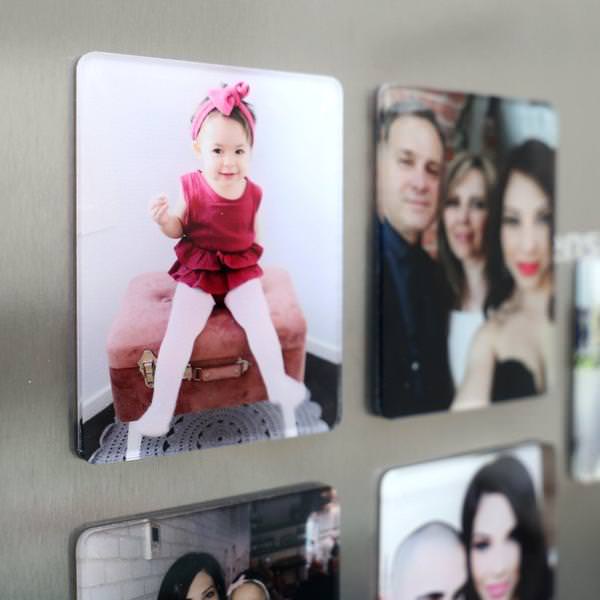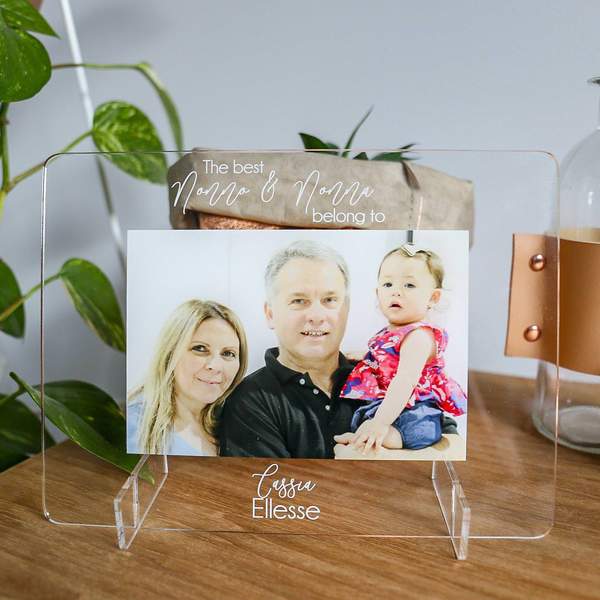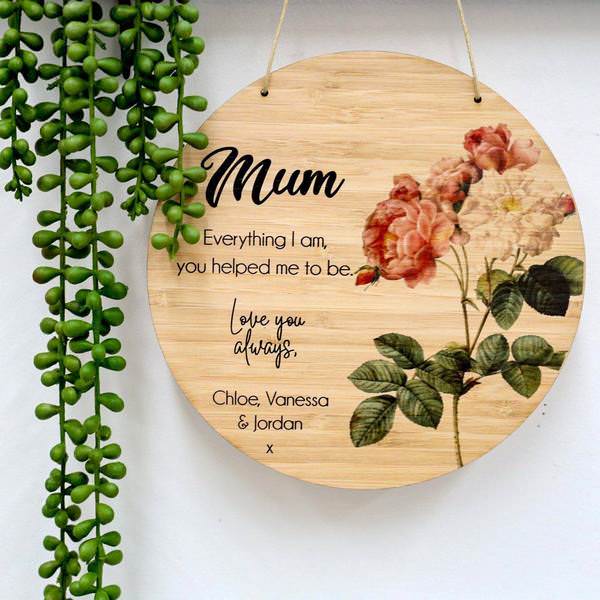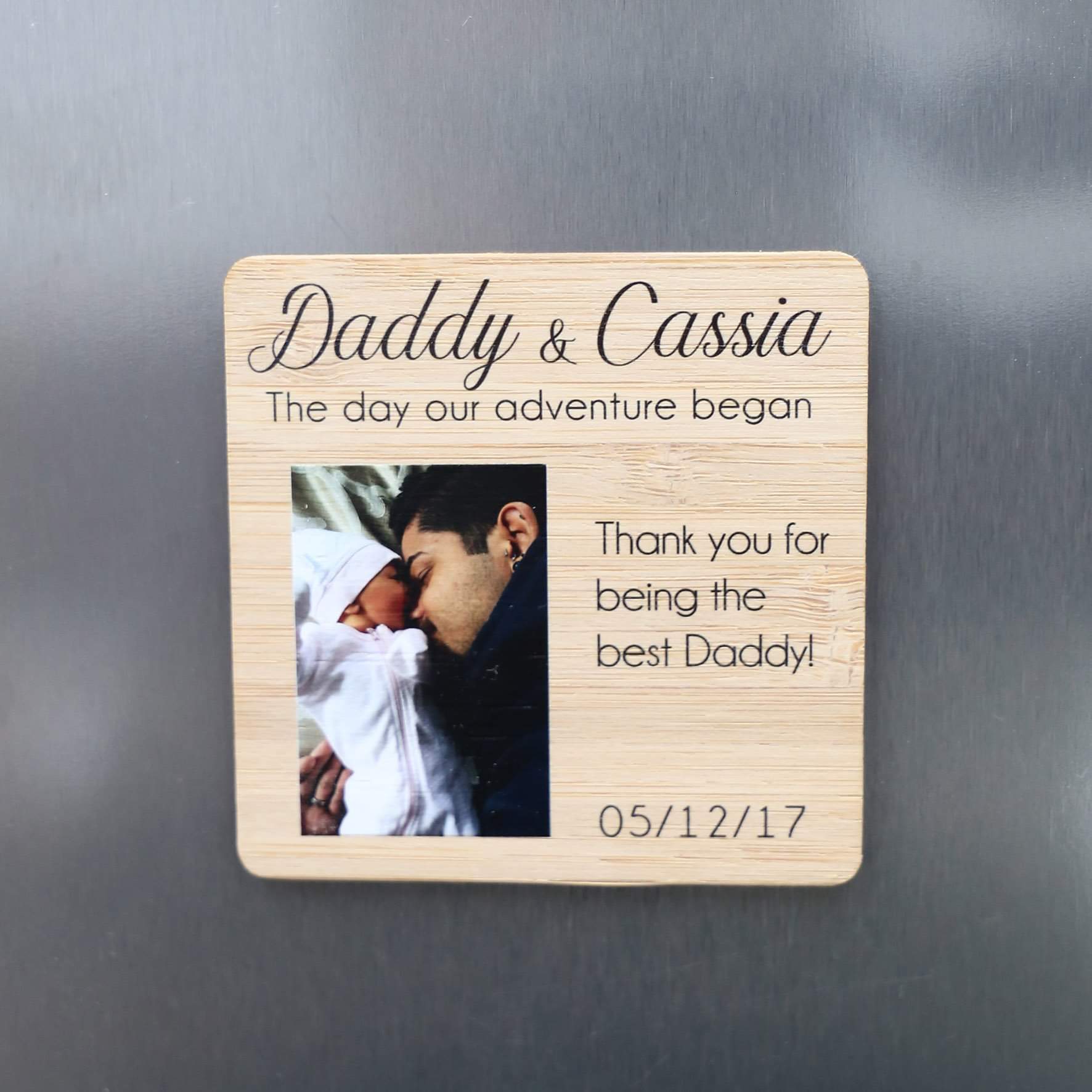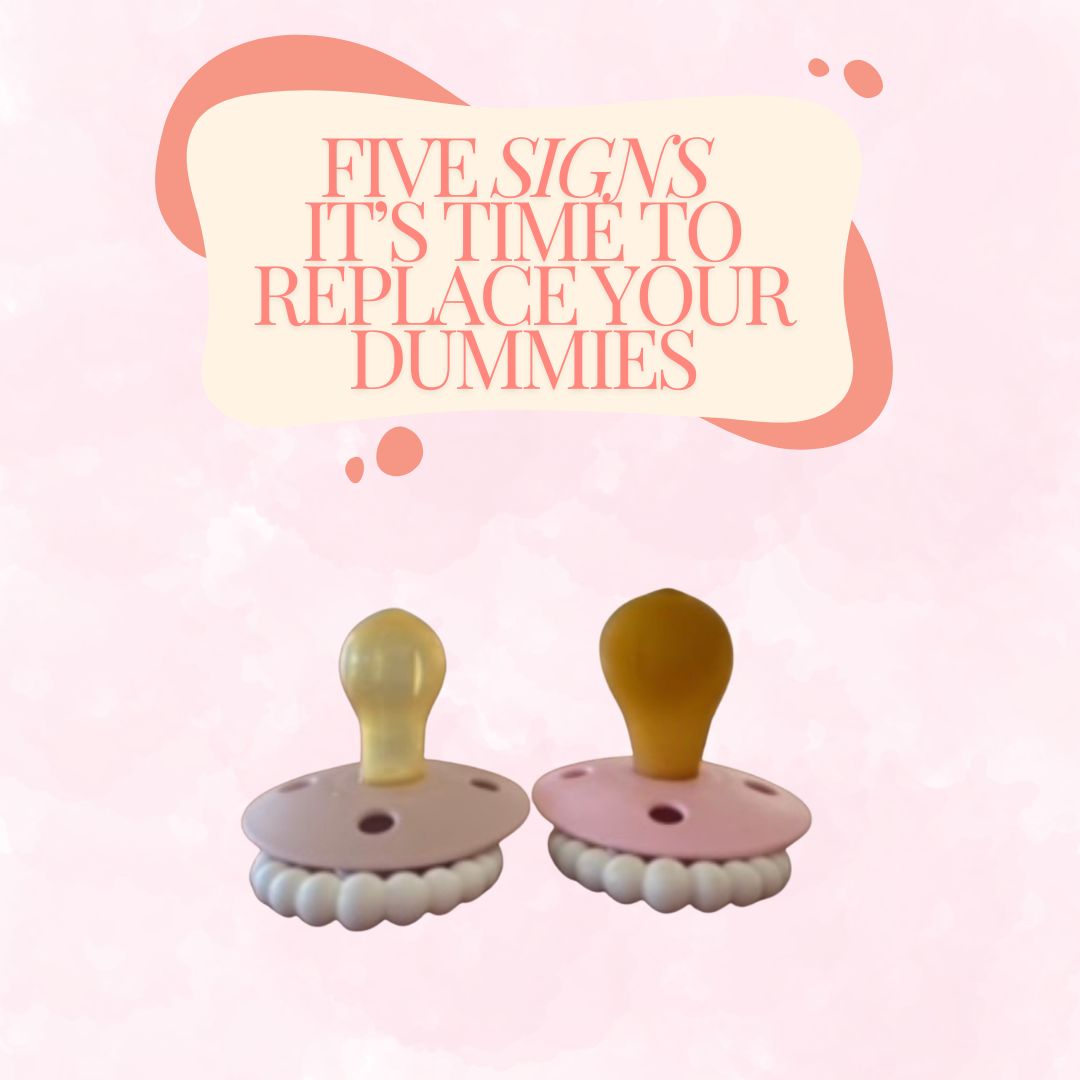
Dummies can be a lifesaver for both parents and babies, but like any baby product, they have a lifespan. Regularly checking and replacing your child’s dummy is crucial for their safety and hygiene. Our recommendation is in line with the Australian Safety Standards & most other brands in Australia which is 4-6 weeks of use. Here are some key signs that it’s time for a replacement:
-
Visible Wear and Tear: If you notice cracks, tears, or any signs of wear on the dummy, it’s time to replace it. Damaged dummies can pose a choking hazard. Please note, parents should always inspect their dummies before each use and conduct a "pull test" on the teat to ensure it is secure.
-
Discoloration or Changes in Texture: A change in colour or texture can indicate that the material is degrading. If the dummy looks worn or feels sticky, it’s best to get a new one. Please note: It is normal for dummies to look "cloudy" with sterilisation and use.
-
Weakening or Expansion of the Nipple: Over time, the teat of a dummy can expand and/or weakened from repeated use. Once the dummy looks like the photos it's definitely time to replace your dummies. (They can expand and look a total different size and shape when overused).
-
Hygiene Concerns: Even with regular cleaning, dummies can harbor bacteria with repeated use especially when baby is constantly touching the teat and doing what babies do dragging them on the floor, that's another reason why it's recommended to replace every 4-6 weeks.
-
Outgrown Size: As your baby grows, they may need a different size dummy. Our current size guidelines are as follows:
Replacing your baby’s dummy at the first signs of wear is essential to keep them safe and comfortable. Regularly inspect their dummy and have spares on hand to swap out as needed.

